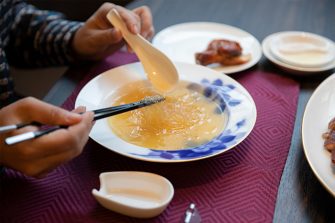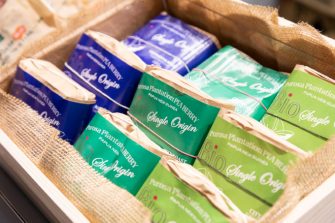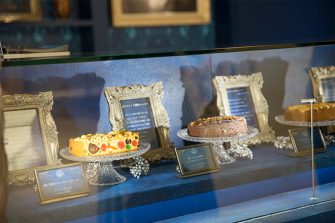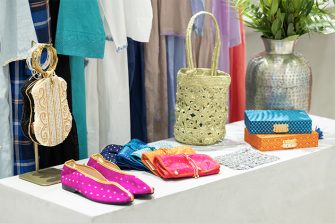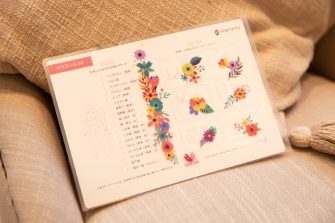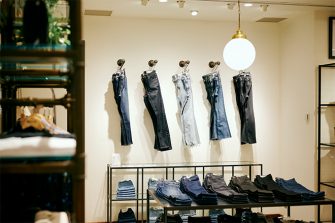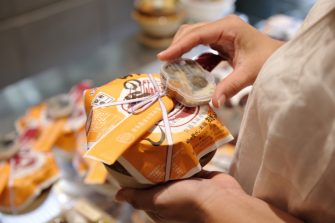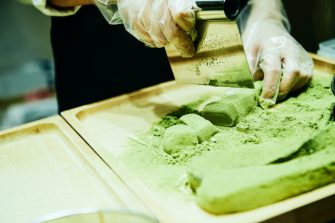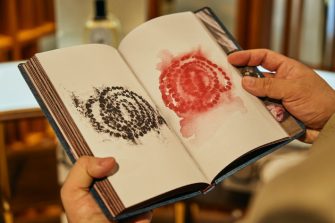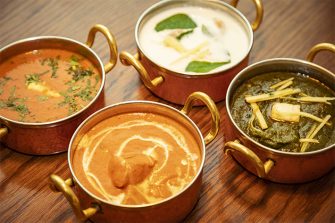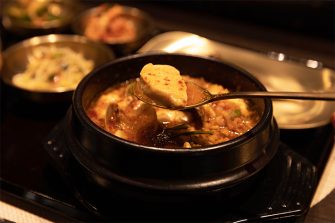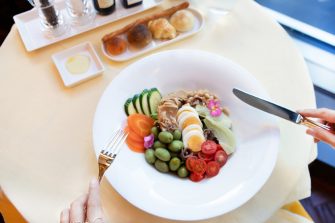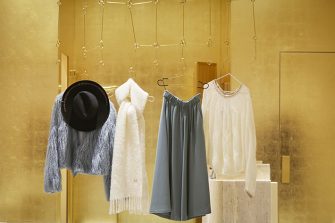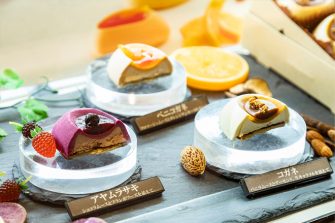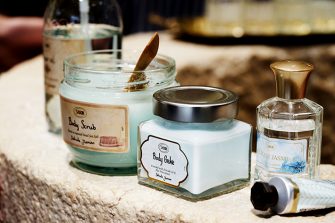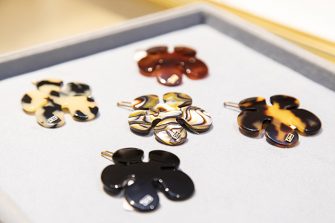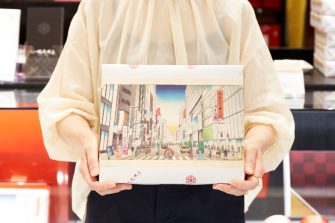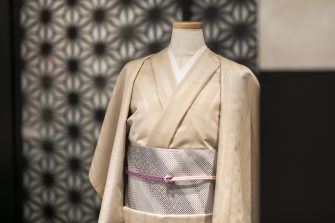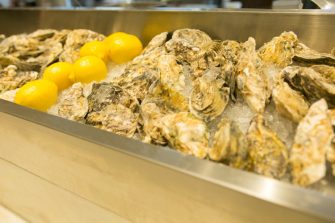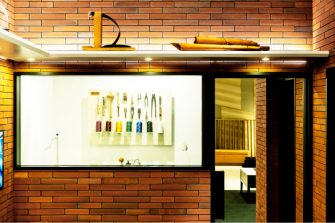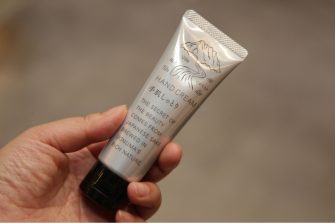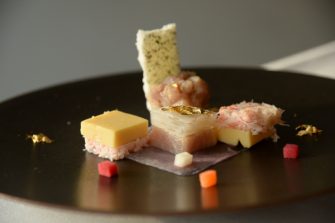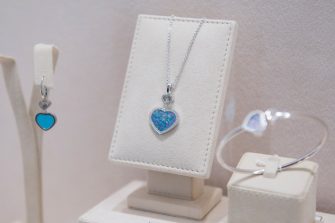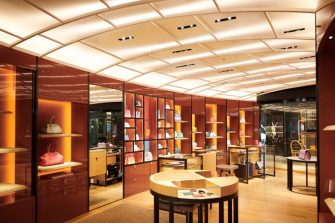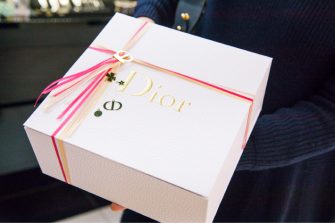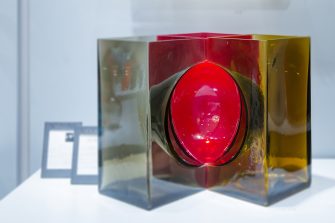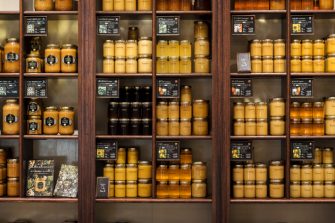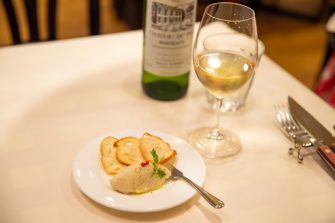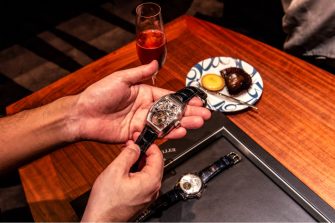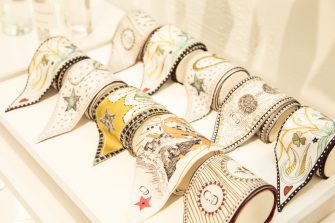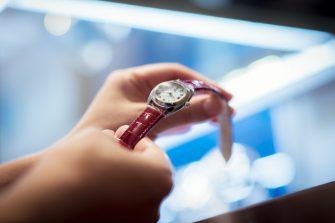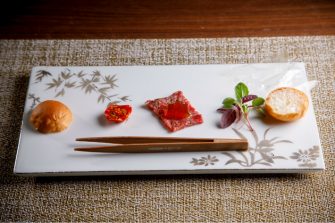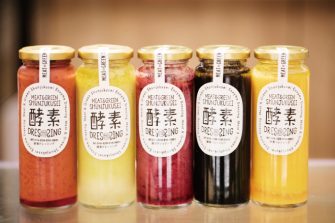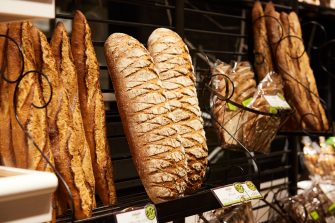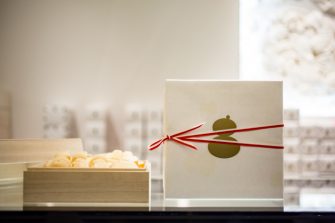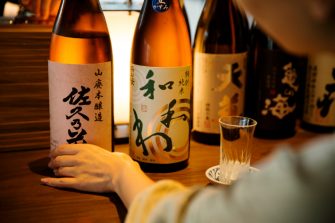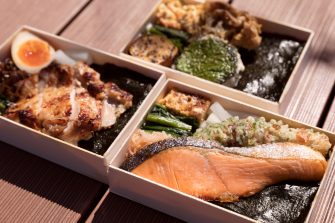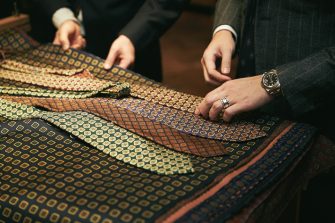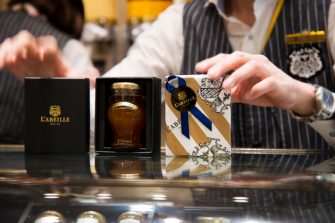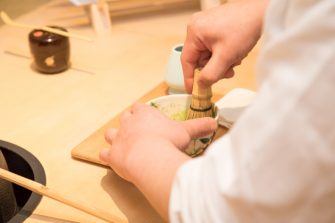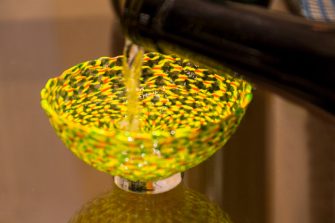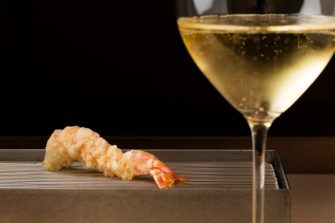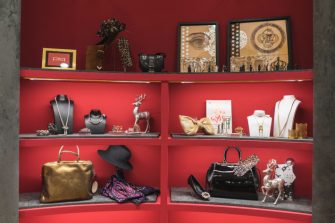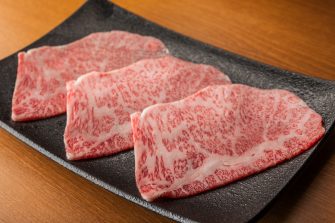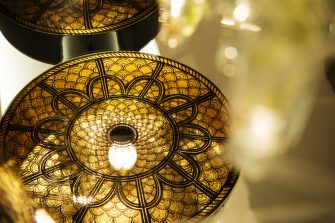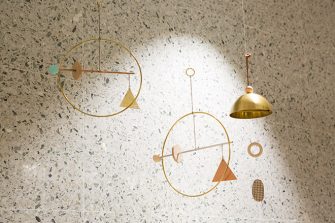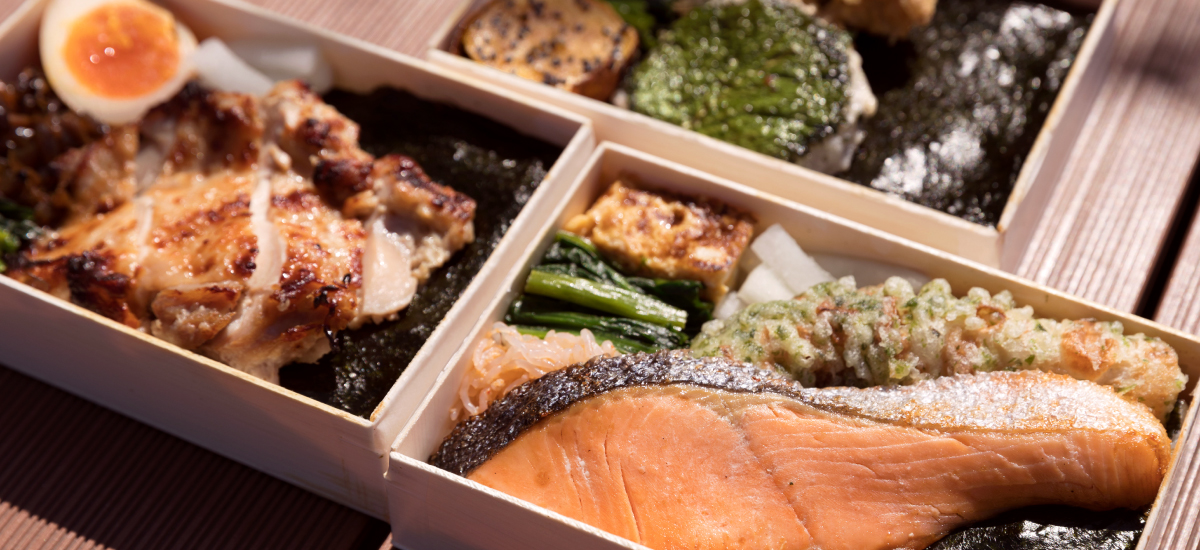

GINZA SIX EDITORS
ファッション、ジュエリー&ウォッチ、ライフスタイル、ビューティ、フード…
各ジャンルに精通する個性豊かなエディターたちが、GINZA SIXをぶらぶらと
歩いて見つけた楽しみ方を綴ります。
朝から夜まで! GINZA SIXを満喫して満腹に Morning to Night! A Day’s Full Trio of Meals (and More) at GINZA SIX
小石原 はるか
GINZA SIX EDITORS Vol.34
1日いても飽きなさそう!
思えば、これがGINZA SIXを初めて訪れたときの第一印象でした。
ならば、1日みっちりぶらついちゃいましょう。
朝ごはんから、お昼ごはん、晩ごはんと、まとめてお世話になります!
という、夢の「GINZA SIX全没入コース」です。
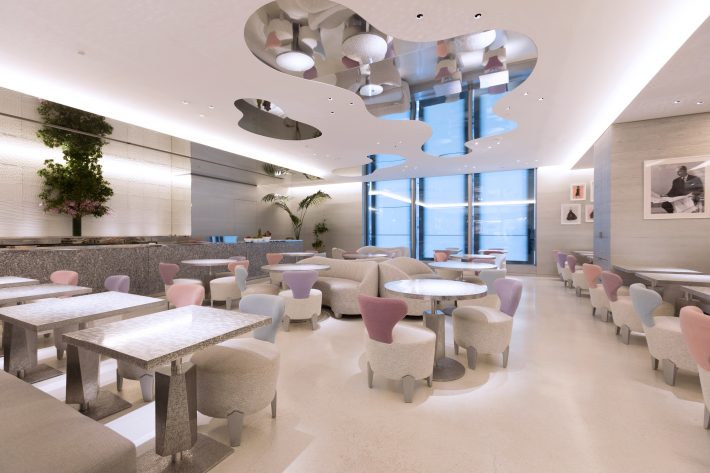
朝ごはんをしっかり食べないとスイッチが入らない体質ゆえ、最初に向かうのは「HOUSE OF DIOR GINZA」。こちらは5フロアでディオールが提唱する「アール・ド・ヴィーヴル」、いわばライフスタイルを余すことなく伝える特別な空間。その中の4階に、“パティスリー界のピカソ”ことピエール・エルメとコラボレートした『Café Dior by Pierre Hermé』があるのです。しかもここ、GINZA SIXの中でも貴重な、朝食をいただけるお店。上品なディオールグレーのトーンでまとめられた空間に、パステルカラーの愛らしいチェアがアクセント。朝ごはんをいただく前から早くもうっとりです。
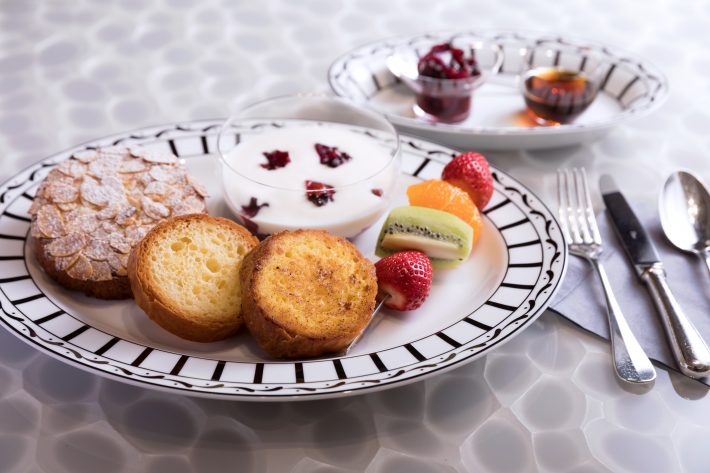
10時30分〜13時30分の間だけオーダーできる「プチデジュネ セット」2,400 円(以下全て税抜価格)は、アーモンドシロップとオレンジのフラワーウォーターを染み込ませて焼き上げた爽やかな香り漂う「ボストック」や、ブリオッシュを使ってふんわりリッチな風味のパンペルデュ(フレンチトースト)、ヨーグルトには、クランベリーと洋梨、ドライフルーツの自家製コンポート……と、目に華やか&舌に美味しいラインナップです(※内容が一部変更になる可能性あり)。
素敵なプレートもカトラリーも、当然ながらディオールのもの。世界で2店目、日本では初となる“ディオールで朝食を”が叶ってしまうスポットなのです。なお、店内で使われている食器類は、同じフロアで購入も可能。
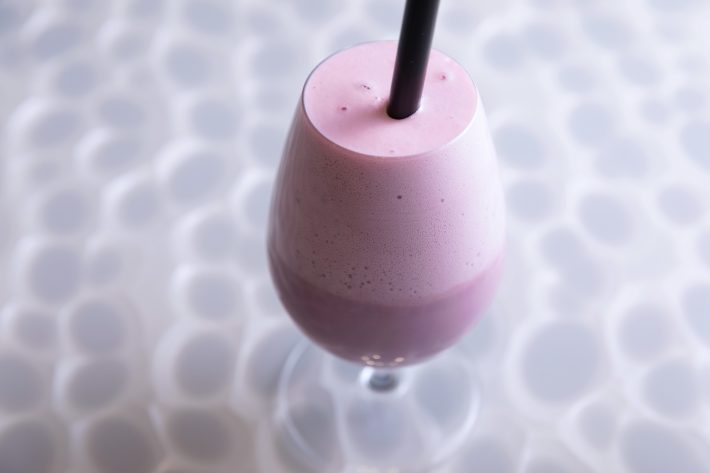
一緒にいただくドリンクは、ソイミルクベースの「レ フランボワーズ エ ローズ」1,200円をチョイス。色合いからして、エルメさんらしさ満点だし、フランボワーズとローズの組み合わせは、ピエール・エルメの名作「イスパハン」を彷彿とさせる、華やかテイストです。
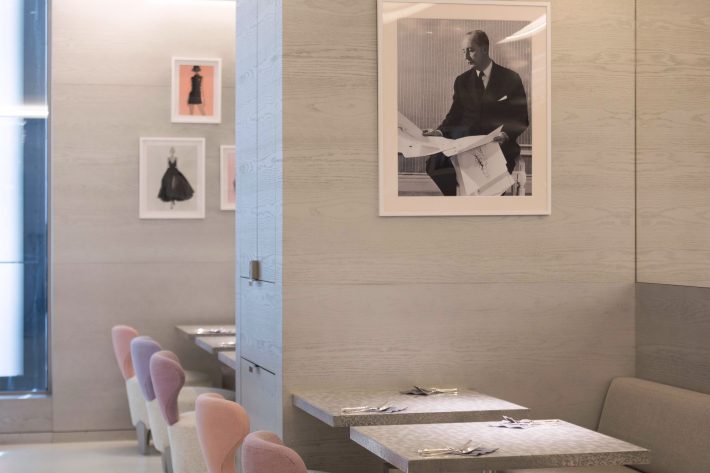
壁には、ムッシュ・ディオールのポートレイトやデザイン画も飾られて、目の保養ができてしまう素敵空間! 朝ごはんを食べに来るだけだとしても、ぜひドレスアップして訪れたい。デイタイムにはアーティスティックな「デセール ア ラシェット」(お皿に盛り付けたデザート)のほか、ドリンク、アルコールなどがいただけます。

この雰囲気にふさわしくエレガントに味わうべきところ、つい食欲が先行してしまい、大口開けておりまして恐縮です。フードライターの性(さが)が憎い……!
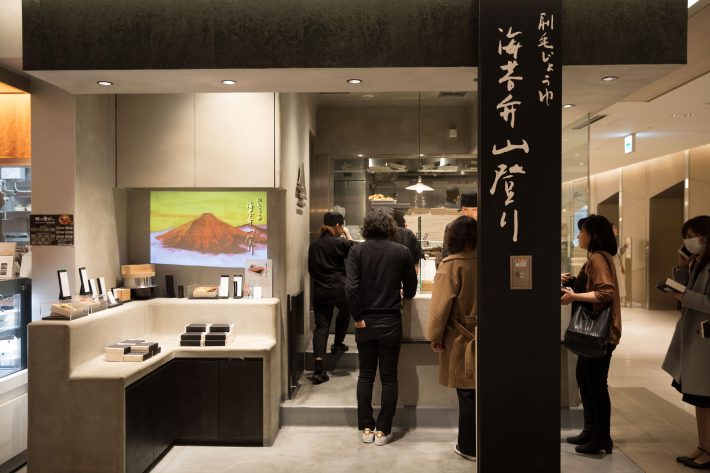
さて、ゆったり朝食をいただいた後、ひと息ついたらほどなくランチタイムです! 向かうは、オープン以来常に行列の絶えない、B2フードフロアにある『刷毛じょうゆ 海苔弁 山登り』。庶民派お弁当の代表格である「海苔弁」の最高峰を目指すから「山登り」。志を表す、素晴らしきネーミングですね。
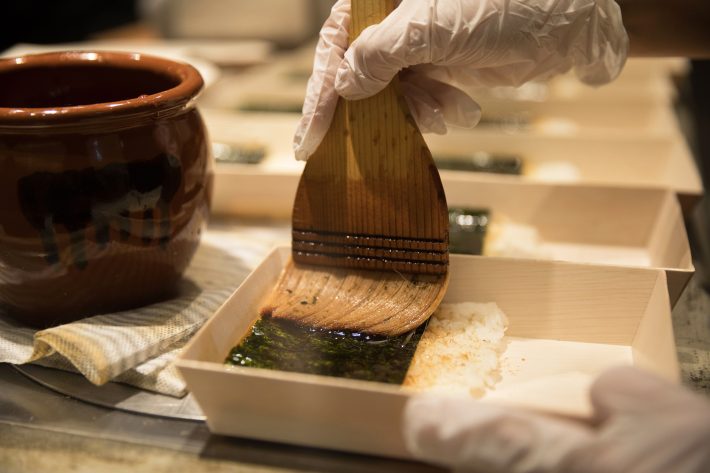
順番を待っている間、お弁当を作っている様子が見られるのも、こちらの楽しさ。ほら、刷毛でお醤油を海苔弁に! 店名に偽りなしです。海苔は、柔らかな一番摘みの有明海苔、しかも「青まぜ」と呼ばれる青海苔が付着したものを選び、自家製の割り醤油をたっぷり塗って仕上げます。
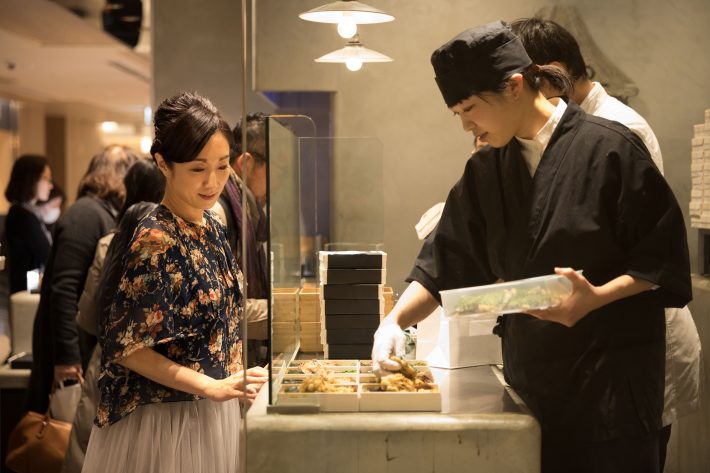
海苔弁は3種類。スタッフの方が詰めているおかずを凝視していると、どれも食べたくなってしまうのが人情。さて、今日はどれにしようかな……!?
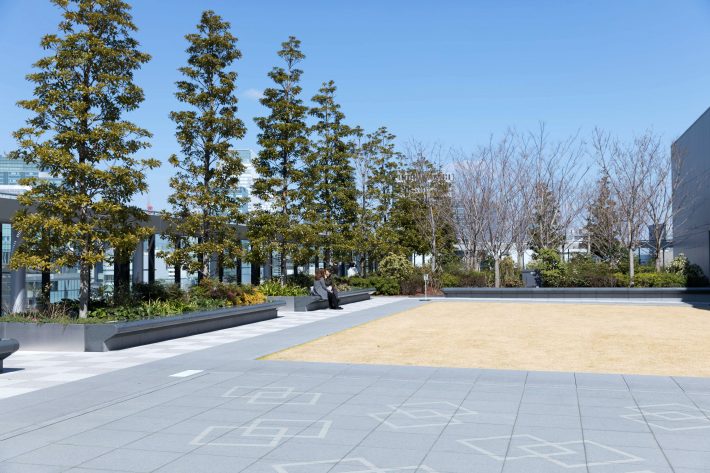
無事入手した作りたてのお弁当を携えて登るは、「GINZA SIX」のいわば“最高峰”、屋上の「GIIZA SIXガーデン」です。銀座のど真ん中にいることを忘れてしまいそうなお庭は、森林ゾーン、水盤ゾーン、芝生ゾーン、回遊広場から成り、エリアごとに違った表情を見せてくれます。カワヅザクラをはじめ、開花時期が異なるサクラも数種類植えられていて、特に春先は訪れるごとに異なった表情で楽しませてくれます。
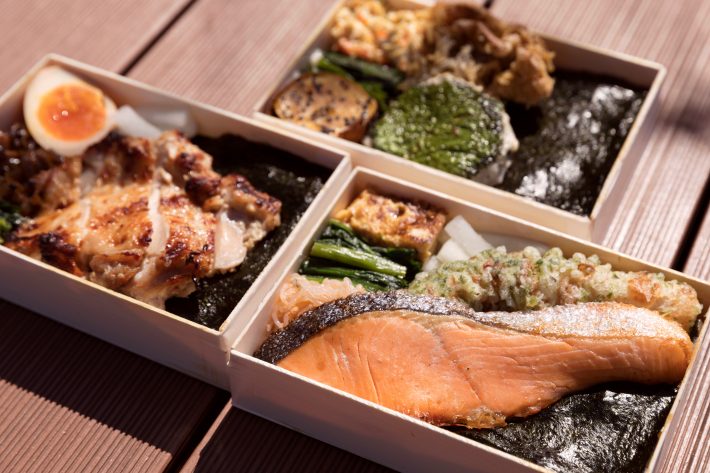
絞りきれず、結局3種類をコンプリート。食い意地を発揮してしまいました……。お弁当箱からはみ出しそうなくらい立派な鮭とちくわの磯辺揚げ(大好物!)がどーんと乗っかった「海」、塩麹を揉み込んで柔らかく仕上げた鶏の照り焼きと味付きのゆで卵がうれしい「山」、そして、れんこん大葉もちを主役に舞茸の天ぷらや炒り豆腐と、畑の恵みがぎゅと詰まった「畑(各1,080円)。」一言に「海苔弁」といっても、おかずのバリエーションでガラッと印象が変わります。
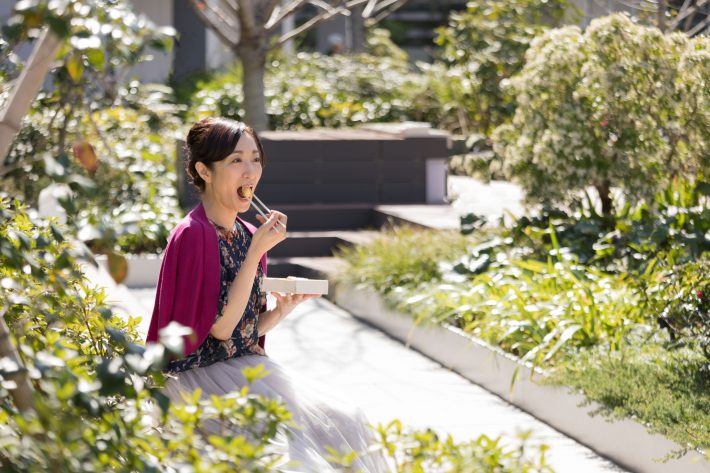
晴天の空の下、大口開けて食べる海苔弁は格別ですね! お醤油がしみた海苔とごはん、手作りのあたたかみのあるおかずを堪能し、気持ちよくお弁当を平らげたら、晩ごはんまではひたすらGINZA SIX内をぶらぶら楽しみます。6F「銀座 蔦屋書店」で気になっている書籍や雑誌をチェックしたり、ファッションフロアで春物を物色したり(散財注意!)。あとは、B1Fのビューティフロアをくまなくパトロールすれば、新色や限定品チェックも捗ります。ヘアサロンやコスメブランドのトリートメントブースでメンテナンス、もアリですね。予約しておけばよかった!
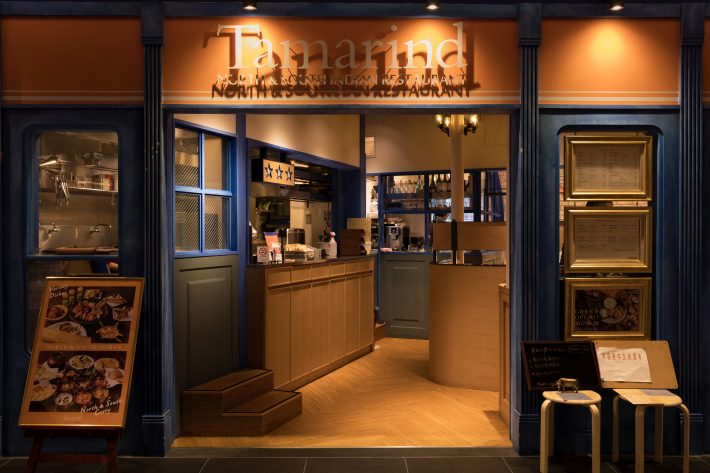
夕暮れ時、そろそろお腹が空いてきました! 最近、スパイスの組み合わせ方や効能に関心が高まり、ときどきインド料理教室に通うほどカレー愛が“増し増し”なので、今日は6Fにある『Tamalind』へ。リッチな北インド料理と、サラリとしていてスパイスがシャープに効く南インド料理の両方をいただける、貴重なお店です。
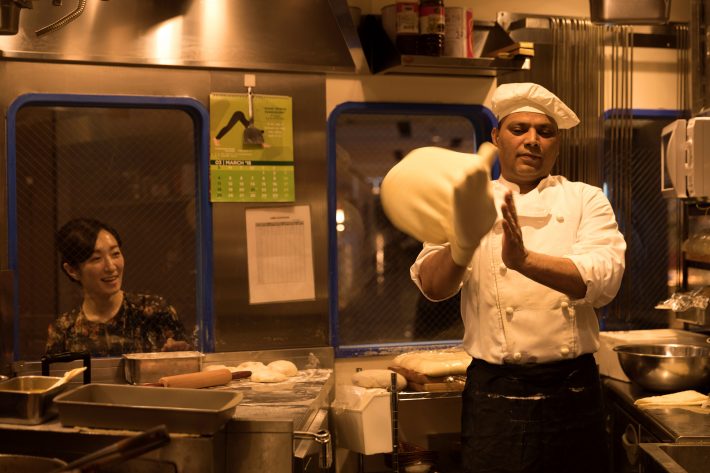
キッチンではちょうど「ルマリロティ」というハンカチのように極薄の生地のパンを製作中。生地を宙に放り投げては拳で伸ばして、形を整えています。
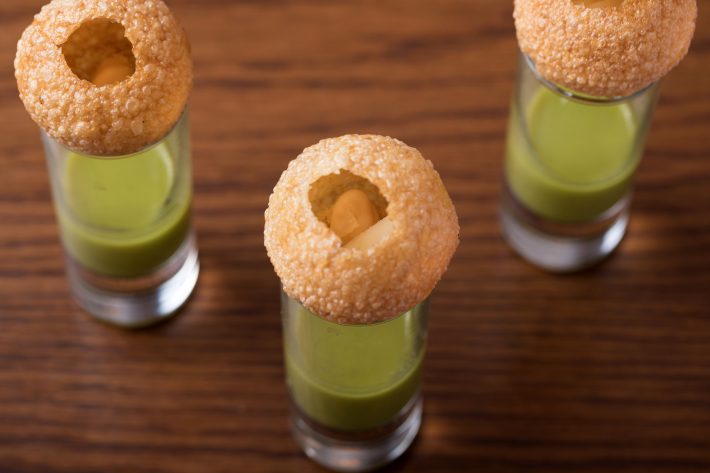
お店いちおしのアペタイザーが「パーニープーリー」600円。屋台の定番スナックとのことなので、サクッと揚がった球状の生地の中にポテトとオニオンが入っていて、これに下の液体を注ぎ入れてパクッと食べる、というもの。上手に食べるのは少々コツが要りそうですが、コリアンダーとミントの風味で食べると一気に胃がスッキリ。さあ、カレーを迎え入れる準備は万端です!
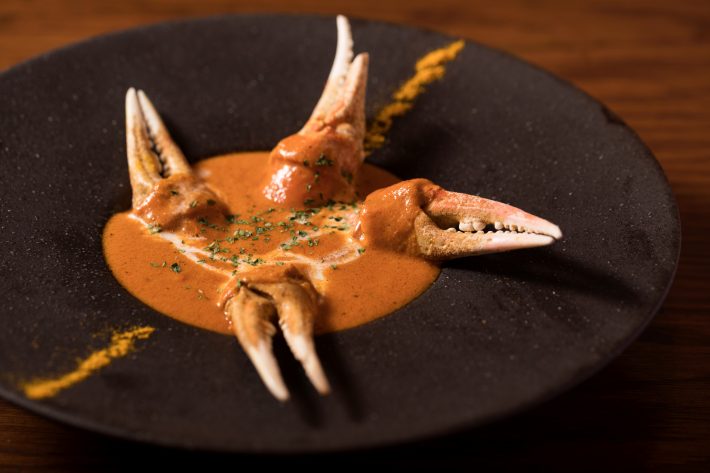
「インドではあまりカニは食べないのですが、海老によく合うバターマサラの味はカニにもぴったりなはずと思って」と考案したという「カニのバターマサラ」1,600円(4本)。北インド系の濃厚なソースをカニの爪にたっぷりと絡めて……、なるほど、これはたしかにぴったり!
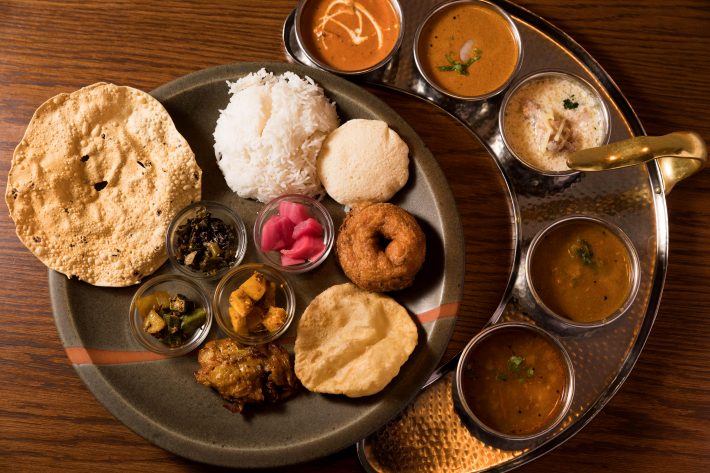
主役の「タマリンドミールス」2,200円は、南インドの料理で構成。チキン・マトン・海老のカレーに、サンバル(豆と野菜のサラリとしたカレー)、ラッサム(酸味のあるスパイシーなスープ)という“汁物”チームに合わせるは、プーリー(揚げパン)にパパド(豆粉の薄いおせんべい)、ワダ(揚げドーナッツ)etc.の“炭水化物”チームもズラリと。さらに、カラフルなピクルスが彩りを添えてくれます。
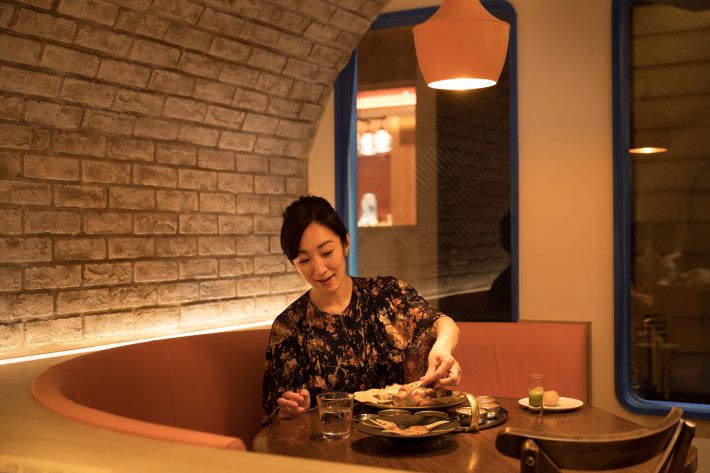
ミールスは、いわば「定食」。カレーと炭水化物類の組み合わせをあれこれ試したり、合間にラッサムやピクルスで口をさっぱりさせてもいいし、更に言うなら、色々混ぜ合わせて食べても味が重層的になって美味しい。たくさんのものがプレートに乗っていると、どれとどれを組み合わせるの!? と迷ってしまいそうになるけれど、自由に楽しめばOK!なのですね。
Text:Haruka Koishihara Photos:Kayoko Ueda Edit:Yuka Okada
My first thought the first time I visited GINZA SIX was: I could spend the whole day here and leave wanting more! Now, here I am, with plans to do just that.
Breakfast, lunch, and dinner, all at GINZA SIX—I’ll call it the GINZA SIX Deep Dive Culinary Experience.

I’m the type of person who definitely has to have breakfast to get going, so I head first to House of Dior Ginza. This distinctive space, divided over five floors, eloquently conveys the art de vivre lifestyle trumpeted by Dior. The fourth floor, Café Dior by Pierre Hermé, features a collaboration with Pierre Hermé, otherwise known as the Picasso of Pastry. It’s one of the few places at GINZA SIX to offer a breakfast menu. Featuring a refined color scheme of gray Dior tones, the place is accented with inviting pastel chairs. I’m spellbound even before breakfast arrives.

The Petit Déjeuner Set (2,400 yen; all prices before tax), available from 10:30 a.m. to 1:30 p.m., includes baked bostock steeped in almond syrup and orange flower water for a pleasing fresh aroma, fluffy, richly flavored pain perdu (French toast) made with brioche pastry, and yogurt with a homemade compote of cranberries, pears, and dry fruit—it’s both beautiful and delicious. (Set items subject to change.)
The wonderful plate and cutlery are, of course, by Dior. The café is the second anywhere and the first in Japan, a unique spot for fulfilling a dream of breakfast at Dior. The dishware used in the café is available for purchase on the same floor.

For my drink, I choose the soy milk–based Les Framboises et Rose (1,200 yen). The colors are straight from Pierre Hermé’s palette, and they easily win my highest marks. The combination of raspberries and rose has brilliant flavors reminiscent of the renowned Pierre Hermé’s Ispahan.

The walls are adorned with a portrait of Mssr. Dior and design drawings—a wonderful space that’s easy on the eyes and something to inspire you to get dressed up, even if you’re only coming for breakfast. The artistic Dessert à L’Assiette (dessert arranged on a plate) is served throughout the rest of the day alongside drinks and spirits.

I really should take in the atmosphere here with dignity and restraint, but my appetite gets the best of me, and—I’m sorry!—I open my mouth wide. By his or her very nature, a food writer stands helpless against such baser impulses.

After finishing a leisurely breakfast, before you know it, it’s lunchtime. I head to Noriben Yamanobori on the food floor, the second belowground floor, which has never not had a line since it opened. The Yamanobori (“mountain climbing”) name derives from its ambitions to produce the pinnacle of noriben, bento box lunches with nori (seaweed) on rice long enjoyed by ordinary people everywhere. It’s a wonderful name that expresses the establishment’s aspirations.

What’s fun, too, is that you can see them making the bento while you wait in line. Look, they’re brushing soy sauce onto the seaweed! The name doesn’t deceive. The nori is first-pick, soft seaweed from Ariake Sea. Beyond that, they select a variety with green laver attached called aomaze, which is then liberally coated with special homemade soy sauce diluted with dashi stock.

The noriben comes in three varieties. While you’re watching the staff fill the boxes with food items, it’s only natural to want to eat them all. So which one will I have today?

I take the fresh-made bento I just scooped up and climb to the pinnacle of GINZA SIX itself, the rooftop GINZA SIX Garden. An assemblage of zones of trees, water feature, a lawn, and a strolling plaza, each with a different atmosphere, offers a place to make you forget you’re in the middle of Ginza. You’ll find multiple varieties of cherry blossom trees here, including Kawazu cherry. They come into bloom at different times. Each time you visit, especially in spring, you’ll enjoy a different aspect of the garden’s beauty.

My gluttony getting the better of me, I decide not to decide and wind up with all three types. There’s the Sea, a splendid slice of salmon that looks ready to burst from the box, with deep-fried nori-battered chikuwa (an absolute favorite!); the delightful Mountain, tender teriyaki chicken rubbed with shiokoji, a Japanese condiment, and seasoned boiled egg; and the Field, packed full of the Earth’s bounty, including shiso-topping lotus root cake, maitake mushroom tempura, and stir-fried tofu (1,080 yen each). This variation in food items upends my ideas of the tried-and-true noriben lunch.

A noriben lunch I can eat through my saucer-wide mouth under the bluest of skies is something special indeed. Enjoying the soy sauce–soaked nori and rice and the warm hand-prepared food items, I finish off my lunch with a sense of great satisfaction. Now I’m ready to enjoy wandering GINZA SIX until dinnertime. I browse books and magazines at Ginza Tsutaya Books on the sixth floor; search for spring fashions on the fashion floor (careful not to go overboard!); then patrol every nook and cranny of the beauty floor, the first belowground floor, looking for new colors and limited-edition items. You can stop in at a hair salon or cosmetics brand treatment booth for some maintenance and upkeep, should you so choose. I should have made a reservation!

It’s around sundown now, and I’m famished. I’ve taken a growing interest in the possibilities of spice combinations, and I’m coming to love curry more and more, so much so that I’ve taken the occasional Indian cooking class. So, today, I’m headed to Tamarind on the sixth floor, a restaurant unique in allowing diners to enjoy both rich northern Indian fare and crisp, light, and spicy South Indian cuisine.

In the kitchen, I happen to see the chef preparing a flatbread, thin as a handkerchief, called rumali roti. The dough is shaped by tossing it into the air and spread by hand.

The restaurant’s most recommended appetizer is panipuri (600 yen). This is a standard snack food at food stalls. The crisply fried batter balls are filled with potatoes and onions and the liquid below is poured in, allowing the whole thing to be eaten in one wide bite. It may take practice to eat skillfully, but the pairing of coriander and mint flavors is instant refreshment for the palate. Now, I’m ready for curry!

This is Crab Butter Masala (1,600 yen; four pieces). “We don’t eat crab much in India,” the chef tells me, “but I thought the flavor of butter masala, which goes well with prawns, would be perfect for crab.” So crab claws with a rich northern Indian sauce… and he’s right, it does go perfectly.

My main course is the Tamarind Meal (2,200 yen), composed of South Indian fare. Joining the soupy team of chicken, mutton, and prawn curries, sambal (a light curry of beans and vegetables), and rasam (a tart and spicy soup) is the carb team of puri (deep-fried bread), papadum (a thin, crisp gram bean flour cracker), vada (Indian doughnuts) and more. The meal is garnished with a colorful assortment of pickles.

With an Indian meal like this, you can try various combinations of curry and carbs and refresh the palate in the entr’acte, as it were, with rasam or pickles. If you like, you can combine various items to create layers of flavors—also delicious. With so much on a single plate, you might have trouble deciding what to combine with what, but you’re perfectly free just to have fun combining anything with anything.
Text:Haruka Koishihara Photos:Kayoko Ueda Edit:Yuka Okada
小石原 はるか
フードライター。1972年生まれ。雑誌を中心に食の記事を執筆。また、雑誌「東京カレンダー」コントリビューティングエディターでもある。近著に『自分史上最多ごはん』(マガジンハウス)。


